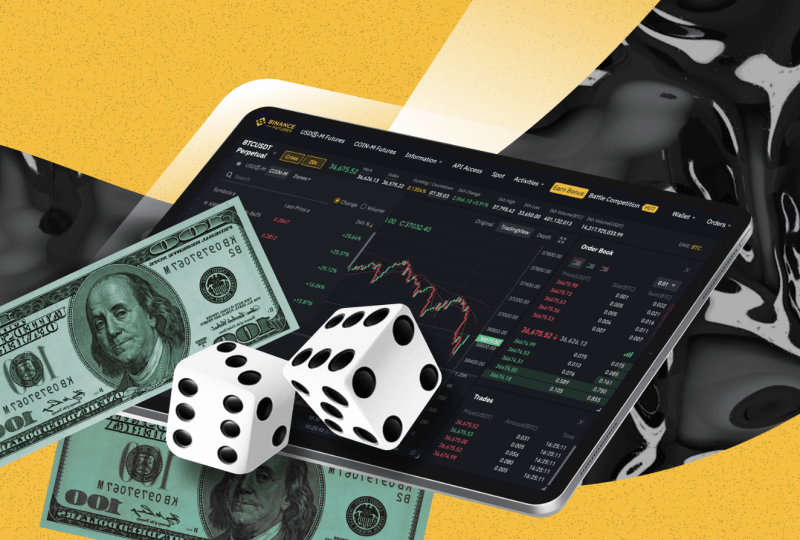Stocks Climb. They Couldn’t Care Less About Rising Rates.
Mar 22, 2022

On Tuesday, stocks surged higher, waving off Fed Chair Jerome Powell's hawkish statements and a further climb in bond rates.
The Dow Jones Industrial Average increased by 254 points, or 0.7%, while the S&P 500 increased by 1.1% and the tech-heavy Dow Jones Composite increased by 2%.
The Nasdaq has been exceptionally dynamic this year, with Tuesday being the 39th consecutive day with a gain of at least 1%. Since the first quarter of 2009, that has been the most of that kind of move in a quarter.
But even so, stocks were not the only item that increased. The yield on the 2-year Treasury note increased by 0.05 percentage points to 2.17%, a new pandemic-era closing record. The yield on the 10-year Treasury note increased by 0.09 percentage points to 2.38%, also a new pandemic-era closing top. These marks come a day after Federal Reserve Chairman Jerome Powell stated the central bank might consider boosting rates in half-point increments rather than the usual quarter-point increments. The move demonstrates the Fed's strong commitment to lowering inflation.
While rising rates and bond yields should be terrible news for the equity market, investors seem to be ignoring the rises. "As global bond rates continue to rise, stock traders are asking, 'What, I worry?'" commented Edward Moya, senior market analyst at Oanda. "The global bond market selloff shows no signs of abating, which should raise some alarm bells."
This follows a recent rebound from a low point, as traders continue to buy battered stocks. Since the S&P 500 entered correction territory — defined as a decline of 10% or more from a peak — the index has gained just over 8% from its March 8, 2022 low. Traders raised a large sum of money, which they were ready to invest when stock prices sank.
However, the rally in stocks still makes some sense. According to FactSet, economic growth is likely to remain robust, with the US real gross domestic product predicted to expand at 3.6% this year and 2.3% in 2023. "Stocks have remained up in part because the jump in 10-year rates is consistent with a healthy economy and the chance of recession seeming to be low over the next 12 months," stated Dennis DeBusschere, founder of 22VResearch.
Of course, the alarming aspect is that stock markets are signaling a greater possibility that those forecasts may shortly be revised downward.
Tuesday's rally in technology equities also makes sense. While higher long-term bond rates devalue future profits — and many fast-growing technology firms are valued on the assumption that they will generate substantial earnings for years to come — the industry may already reflect much of this idea. When the Nasdaq began trading on March 15, it was in bear market territory, or at least 20% below its all-time high. "Growth stocks have been battered so badly even with the rate hike," Sevens Report Research's Tyler Richey noted. "Therefore, there is some catching up to do."
The S&P 500's next barrier will be at 4,500, which it is now attempting to breach, and the next one when it approaches the 4,600 mark. Sellers have approached the latter threshold twice this year, causing the index to fall further.
But, even if the present rally goes badly, it may not be the end of the world. "The next resistance levels that might be challenged are around 4500 and 4600," wrote Zev Spiro or Orips Research. "In the short term, a consolidation or a small pullback would be preferable before reaching higher peaks."
And although it is conceivable that the equity market has bottomed out — and has now moved on — do not anticipate a straight line upward from here. "There are significant worries about economic growth," remarked Jim Paulsen, chief investment strategist at The Leuthold Group.




